No products in the cart.
The Rise of Sustainable Packaging: A Positive Shift
-
By: Caroline Ray
-
January 28, 2025
Disposable packaging waste is a mounting crisis, with over 60 million plastic water bottles discarded daily in the U.S. How can the food industry turn this tide? Enter sustainable packaging—a transformative approach now reshaping industry practices. By prioritizing renewable, recyclable, and biodegradable materials, sustainable packaging minimizes environmental harm while enhancing brand image. This shift not only addresses mounting ecological concerns but also leverages consumer demand for responsible practices. With insights into current trends and real-world case studies, this exploration of sustainable packaging illuminates the path toward a greener future in food packaging.
 In recent years, the sustainable food packaging landscape has been transformed by trends focusing on ecological materials, enhanced recyclability, and reduced resource usage. These trends are driven by increasing consumer awareness and regulatory pressures to minimize the environmental impact of packaging. Companies are exploring innovative solutions to meet these demands, prioritizing materials and designs that offer both environmental and economic benefits. This shift towards sustainability is not only reducing the carbon footprint of packaging but also aligning with consumer expectations for eco-friendly products.
A key innovation in sustainable packaging is the development of plant-based plastics, or bioplastics. Made from renewable resources such as corn and sugarcane, these materials promise a significant reduction in carbon emissions compared to traditional petroleum-based plastics. By utilizing naturally sourced components, plant-based plastics offer a renewable alternative that decomposes more readily in the environment. This makes them an attractive option for companies aiming to reduce their reliance on fossil fuels and contribute to a circular economy.
Water-based coatings represent another significant advancement in packaging technologies. These coatings provide moisture resistance without the use of harmful chemicals typically found in conventional coatings. By eliminating toxic substances, water-based coatings not only enhance the recyclability of packaging materials but also ensure that the packaging process is safer for both workers and the environment. This innovation supports the broader industry trend of developing packaging solutions that are both effective and environmentally responsible.
Overall, these innovations in sustainable packaging are reshaping the food industry, encouraging a move towards more eco-friendly practices. By adopting cutting-edge technologies and materials, companies are able to reduce waste, improve recyclability, and lower emissions. This proactive approach not only addresses pressing environmental concerns but also positions brands as leaders in sustainability, enhancing their reputation and appeal among consumers. The drive toward sustainable packaging is evident in several recent innovations:
In recent years, the sustainable food packaging landscape has been transformed by trends focusing on ecological materials, enhanced recyclability, and reduced resource usage. These trends are driven by increasing consumer awareness and regulatory pressures to minimize the environmental impact of packaging. Companies are exploring innovative solutions to meet these demands, prioritizing materials and designs that offer both environmental and economic benefits. This shift towards sustainability is not only reducing the carbon footprint of packaging but also aligning with consumer expectations for eco-friendly products.
A key innovation in sustainable packaging is the development of plant-based plastics, or bioplastics. Made from renewable resources such as corn and sugarcane, these materials promise a significant reduction in carbon emissions compared to traditional petroleum-based plastics. By utilizing naturally sourced components, plant-based plastics offer a renewable alternative that decomposes more readily in the environment. This makes them an attractive option for companies aiming to reduce their reliance on fossil fuels and contribute to a circular economy.
Water-based coatings represent another significant advancement in packaging technologies. These coatings provide moisture resistance without the use of harmful chemicals typically found in conventional coatings. By eliminating toxic substances, water-based coatings not only enhance the recyclability of packaging materials but also ensure that the packaging process is safer for both workers and the environment. This innovation supports the broader industry trend of developing packaging solutions that are both effective and environmentally responsible.
Overall, these innovations in sustainable packaging are reshaping the food industry, encouraging a move towards more eco-friendly practices. By adopting cutting-edge technologies and materials, companies are able to reduce waste, improve recyclability, and lower emissions. This proactive approach not only addresses pressing environmental concerns but also positions brands as leaders in sustainability, enhancing their reputation and appeal among consumers. The drive toward sustainable packaging is evident in several recent innovations:
 Case studies are invaluable for understanding the practical application and benefits of sustainable packaging. They provide insight into how companies can effectively integrate eco-friendly solutions into their operations, demonstrating real-world impacts on the environment and brand perception. By examining successful implementations, businesses can identify strategies that align with their sustainability goals and resonate with environmentally conscious consumers. These examples illustrate the tangible outcomes of adopting sustainable practices, offering a roadmap for others in the industry to follow.
Case studies are invaluable for understanding the practical application and benefits of sustainable packaging. They provide insight into how companies can effectively integrate eco-friendly solutions into their operations, demonstrating real-world impacts on the environment and brand perception. By examining successful implementations, businesses can identify strategies that align with their sustainability goals and resonate with environmentally conscious consumers. These examples illustrate the tangible outcomes of adopting sustainable practices, offering a roadmap for others in the industry to follow.
Understanding Sustainable Packaging in the Food Industry
Sustainable packaging in the food industry refers to the development and use of packaging solutions that minimize environmental impact. This is achieved by utilizing renewable or recycled materials, reducing energy consumption and emissions, and ensuring the packaging is recyclable or biodegradable. The relevance of eco-friendly packaging in the food industry is paramount as it addresses both consumer demand for environmentally responsible products and the industry’s responsibility to reduce its carbon footprint. By adopting sustainable practices, companies not only contribute to environmental preservation but also enhance their brand reputation among eco-conscious consumers. Traditional packaging, particularly plastic, presents significant environmental challenges. A staggering number of over 60 million plastic water bottles are discarded daily in the United States alone, contributing to plastic pollution and landfill overflow. Although many of these bottles are made from recyclable PET, only a fraction is recycled properly. This highlights the inefficiency of current waste management systems and the urgent need for sustainable alternatives that can reduce the burden on landfills and the environment. The prevalence of plastic waste underscores the necessity for the food industry to transition towards sustainable packaging solutions that are less harmful to the ecosystem. Biodegradable materials play a crucial role in mitigating environmental pollution. These materials, designed to decompose naturally, help reduce the accumulation of waste in landfills and oceans. By integrating biodegradable options into packaging solutions, the food industry can significantly lower its environmental impact. These materials, derived from natural sources like starch and cellulose, offer an eco-friendly alternative to conventional plastics. Their adoption not only aids in waste reduction but also aligns with the growing consumer preference for sustainable and responsible packaging.Current Trends and Innovations in Sustainable Food Packaging
 In recent years, the sustainable food packaging landscape has been transformed by trends focusing on ecological materials, enhanced recyclability, and reduced resource usage. These trends are driven by increasing consumer awareness and regulatory pressures to minimize the environmental impact of packaging. Companies are exploring innovative solutions to meet these demands, prioritizing materials and designs that offer both environmental and economic benefits. This shift towards sustainability is not only reducing the carbon footprint of packaging but also aligning with consumer expectations for eco-friendly products.
A key innovation in sustainable packaging is the development of plant-based plastics, or bioplastics. Made from renewable resources such as corn and sugarcane, these materials promise a significant reduction in carbon emissions compared to traditional petroleum-based plastics. By utilizing naturally sourced components, plant-based plastics offer a renewable alternative that decomposes more readily in the environment. This makes them an attractive option for companies aiming to reduce their reliance on fossil fuels and contribute to a circular economy.
Water-based coatings represent another significant advancement in packaging technologies. These coatings provide moisture resistance without the use of harmful chemicals typically found in conventional coatings. By eliminating toxic substances, water-based coatings not only enhance the recyclability of packaging materials but also ensure that the packaging process is safer for both workers and the environment. This innovation supports the broader industry trend of developing packaging solutions that are both effective and environmentally responsible.
Overall, these innovations in sustainable packaging are reshaping the food industry, encouraging a move towards more eco-friendly practices. By adopting cutting-edge technologies and materials, companies are able to reduce waste, improve recyclability, and lower emissions. This proactive approach not only addresses pressing environmental concerns but also positions brands as leaders in sustainability, enhancing their reputation and appeal among consumers. The drive toward sustainable packaging is evident in several recent innovations:
In recent years, the sustainable food packaging landscape has been transformed by trends focusing on ecological materials, enhanced recyclability, and reduced resource usage. These trends are driven by increasing consumer awareness and regulatory pressures to minimize the environmental impact of packaging. Companies are exploring innovative solutions to meet these demands, prioritizing materials and designs that offer both environmental and economic benefits. This shift towards sustainability is not only reducing the carbon footprint of packaging but also aligning with consumer expectations for eco-friendly products.
A key innovation in sustainable packaging is the development of plant-based plastics, or bioplastics. Made from renewable resources such as corn and sugarcane, these materials promise a significant reduction in carbon emissions compared to traditional petroleum-based plastics. By utilizing naturally sourced components, plant-based plastics offer a renewable alternative that decomposes more readily in the environment. This makes them an attractive option for companies aiming to reduce their reliance on fossil fuels and contribute to a circular economy.
Water-based coatings represent another significant advancement in packaging technologies. These coatings provide moisture resistance without the use of harmful chemicals typically found in conventional coatings. By eliminating toxic substances, water-based coatings not only enhance the recyclability of packaging materials but also ensure that the packaging process is safer for both workers and the environment. This innovation supports the broader industry trend of developing packaging solutions that are both effective and environmentally responsible.
Overall, these innovations in sustainable packaging are reshaping the food industry, encouraging a move towards more eco-friendly practices. By adopting cutting-edge technologies and materials, companies are able to reduce waste, improve recyclability, and lower emissions. This proactive approach not only addresses pressing environmental concerns but also positions brands as leaders in sustainability, enhancing their reputation and appeal among consumers. The drive toward sustainable packaging is evident in several recent innovations:
- Plant-based plastics
- Water-based coatings
- Biodegradable films
- Recyclable packaging designs
- Smart packaging technologies These advancements illustrate the food industry’s commitment to integrating sustainability into every aspect of packaging, paving the way for a more environmentally conscious future.
Benefits of Sustainable Packaging for the Food Industry
Sustainable packaging offers significant environmental benefits by reducing plastic pollution and minimizing landfill waste. By replacing traditional packaging materials with eco-friendly alternatives such as biodegradable materials or recycled content, the food industry can substantially lower its ecological footprint. This reduction in waste not only conserves natural resources but also helps protect marine and terrestrial ecosystems from the hazards of plastic debris. Sustainable packaging solutions are therefore critical in addressing the pressing environmental challenges posed by conventional packaging practices. Economically, sustainable packaging can lead to cost savings despite its initial higher expense. Companies can reduce disposal fees and potentially lower supply chain costs by adopting materials that are easier to recycle or compost. Additionally, as consumers increasingly favor brands that demonstrate environmental responsibility, businesses can benefit from heightened brand loyalty and a stronger market position. A Nielsen study supports this notion, revealing that 73% of global consumers are willing to pay more for environmentally responsible products. Thus, investing in sustainable packaging can enhance profitability through increased consumer trust and loyalty. The growing consumer demand for sustainable packaging is reshaping market dynamics in the food industry. As awareness of environmental issues rises, consumers are more inclined to choose products with eco-friendly packaging. This shift in consumer preferences pressures companies to prioritize sustainability in their packaging strategies to remain competitive. Brands that successfully align with these expectations are likely to gain a competitive advantage, fostering innovation and encouraging industry-wide adoption of sustainable practices. As such, sustainable packaging is not merely a trend but a pivotal factor influencing future market success.Case Studies: Successful Implementation of Sustainable Packaging
 Case studies are invaluable for understanding the practical application and benefits of sustainable packaging. They provide insight into how companies can effectively integrate eco-friendly solutions into their operations, demonstrating real-world impacts on the environment and brand perception. By examining successful implementations, businesses can identify strategies that align with their sustainability goals and resonate with environmentally conscious consumers. These examples illustrate the tangible outcomes of adopting sustainable practices, offering a roadmap for others in the industry to follow.
Case studies are invaluable for understanding the practical application and benefits of sustainable packaging. They provide insight into how companies can effectively integrate eco-friendly solutions into their operations, demonstrating real-world impacts on the environment and brand perception. By examining successful implementations, businesses can identify strategies that align with their sustainability goals and resonate with environmentally conscious consumers. These examples illustrate the tangible outcomes of adopting sustainable practices, offering a roadmap for others in the industry to follow.
PKG Brand Design
PKG Brand Design exemplifies the successful integration of sustainable packaging by aligning its solutions with consumer needs and environmental goals. Their approach focuses on creating packaging that is not only convenient but also reduces environmental impact. By emphasizing brand coherence, PKG ensures that their packaging solutions enhance the overall brand image, appealing to eco-conscious consumers. The impact of their strategy is evident in the increased market competitiveness of brands that adopt their designs, as these solutions not only meet sustainability standards but also enhance consumer appeal.Arekapak
Arekapak stands out as a leader in sustainable packaging through its innovative use of areca palm leaves. This material choice offers significant environmental benefits, as areca palm leaves are both biodegradable and durable. Arekapak’s packaging solutions require minimal water and energy to produce, further reducing their environmental footprint. By utilizing a natural, renewable resource, Arekapak effectively minimizes waste and pollution, setting a high standard for eco-friendly packaging in the industry. Their approach highlights the potential for natural materials to transform packaging sustainability. The key takeaways from these case studies underscore the importance of innovation and strategic alignment in sustainable packaging. Both PKG Brand Design and Arekapak demonstrate that sustainable packaging not only addresses environmental concerns but also bolsters brand image and consumer trust. These examples illustrate how thoughtful material choices and design strategies can lead to successful and impactful sustainable packaging solutions, paving the way for broader industry adoption.Regulatory Influences and the Future of Sustainable Packaging
Regulatory changes play a pivotal role in advancing sustainable packaging within the food industry. As environmental concerns intensify, governments worldwide are implementing regulations to curb the detrimental effects of traditional packaging. These measures are designed to encourage businesses to adopt sustainable practices, aligning with global efforts to reduce carbon footprints. By mandating eco-friendly packaging solutions, these regulations not only drive the industry’s transition towards sustainability but also stimulate innovation in packaging technologies. A notable regulatory trend is the implementation of bans on single-use plastics. Many regions have enacted these bans to mitigate plastic pollution, compelling companies to explore alternative materials. Furthermore, taxes on non-recyclable materials serve as a financial deterrent, pushing businesses to prioritize recyclable and biodegradable options. Such policies are critical in reducing the reliance on conventional plastics and fostering a culture of sustainability within the food industry. Looking ahead, the future of sustainable packaging is likely to be further shaped by evolving regulations. Incentives for adopting eco-friendly packaging solutions are expected to increase, motivating companies to invest in sustainable technologies. Additionally, mandatory recycling programs may become more prevalent, establishing a robust framework for recycling practices. These developments not only promise to enhance waste management but also offer food businesses opportunities for cost savings and improved brand reputation.- Single-use plastic bans
- Taxes on non-recyclable materials
- Incentives for eco-friendly packaging solutions
- Mandatory recycling programs
Final Words
Exploring The Rise of Sustainable Packaging in the Food Industry reveals a dynamic shift toward minimizing environmental impact. Current innovations, like plant-based plastics and water-based coatings, are paving the way for eco-friendly solutions. These efforts not only reduce pollution but also enhance brand loyalty as consumer demand for sustainability grows. Successful case studies exemplify the tangible benefits of adopting eco-conscious practices. As regulations continue to drive the industry, the future of sustainable packaging looks promising, presenting a win-win for both businesses and the environment. Aigo Print Shop is one stop shop custom packaging solution.FAQ
When did sustainable packaging become popular?
Sustainable packaging gained popularity in the early 2000s, driven by increasing consumer awareness of environmental issues and the growing demand for eco-friendly products. It has since become a significant trend in various industries.What is sustainable packaging in the food industry?
Sustainable packaging in the food industry involves using renewable or recycled materials to minimize environmental harm. It focuses on reducing energy usage, emissions, and ensuring packaging is recyclable or biodegradable.What is the demand for sustainable food packaging?
The demand for sustainable food packaging is rising, fueled by consumer preference for environmentally responsible products. Businesses are increasingly adopting sustainable packaging to meet this growing demand and enhance their brand image.Why does food packaging need to become sustainable?
Food packaging needs to become sustainable to reduce environmental pollution, lower carbon emissions, and address the challenges posed by traditional packaging waste, such as plastic pollution and landfill overflow.
Caroline Ray
Hello, I’m Caroline Ray, a custom packaging consultant and designer. With a professional journey spanning over eight years, I’ve evolved from a budding designer to a recognized expert in the field. Currently holding the position of Packaging Consultant, I’ve honed my skills in creating not just visually stunning packaging but also solutions that align with strategic business goals for custom pacakging.
Tag
Categories
List Posts
February 26, 2025
Smart Packaging for Smart Devices: Design Innovations
February 26, 2025
Functional Packaging: Protecting and Showcasing Tech Accessories
February 18, 2025
Unboxing Joy: Creative Packaging Ideas That Delight
February 17, 2025

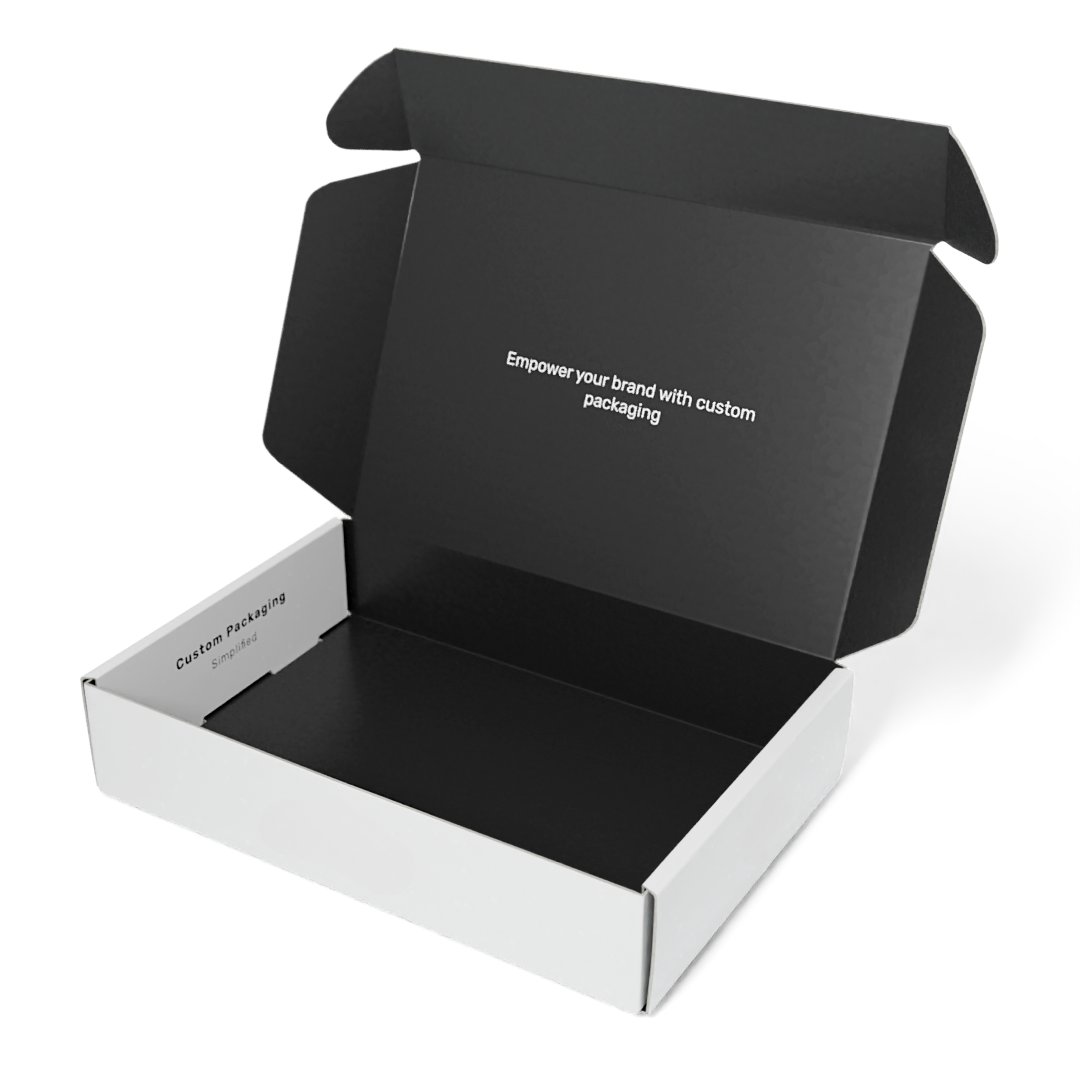
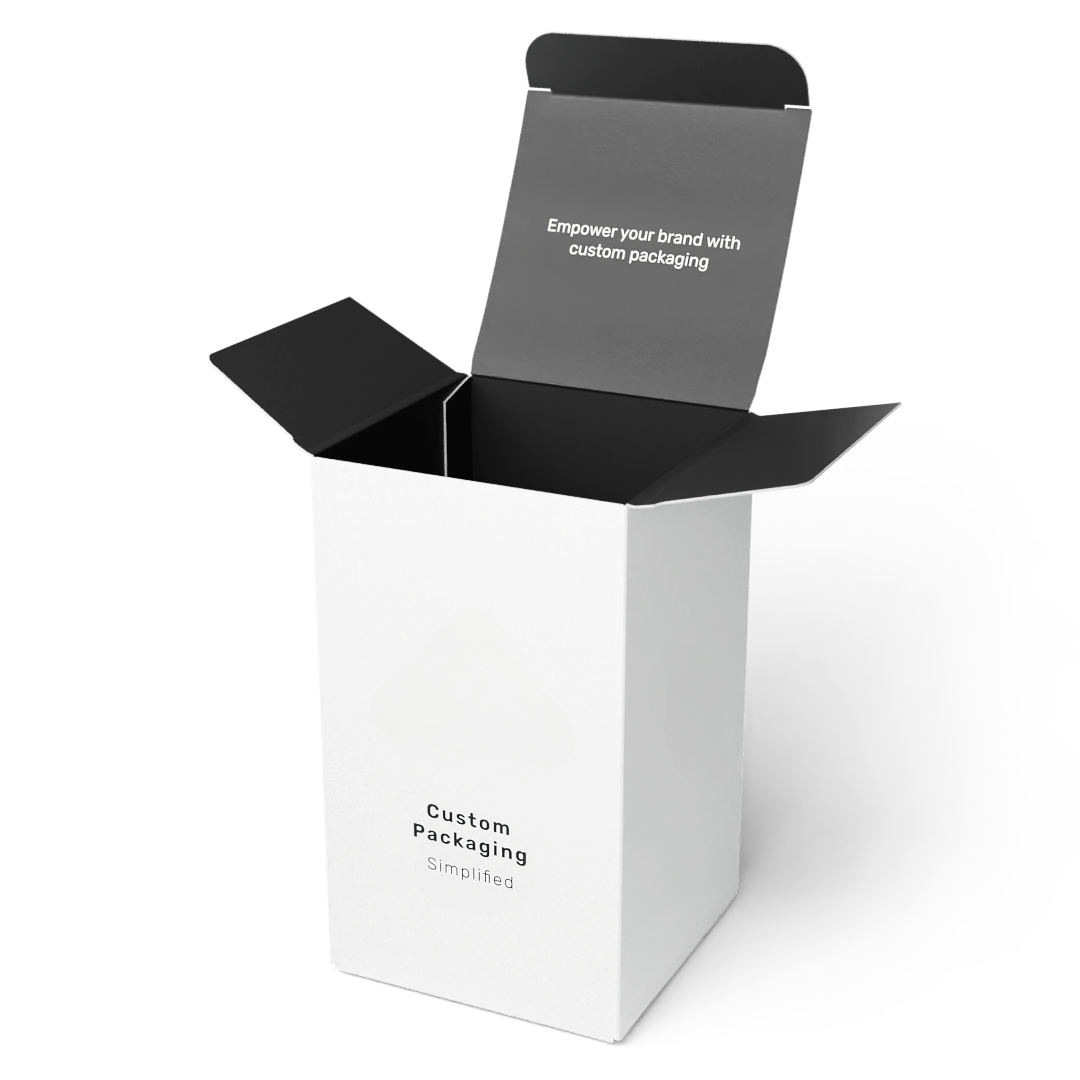
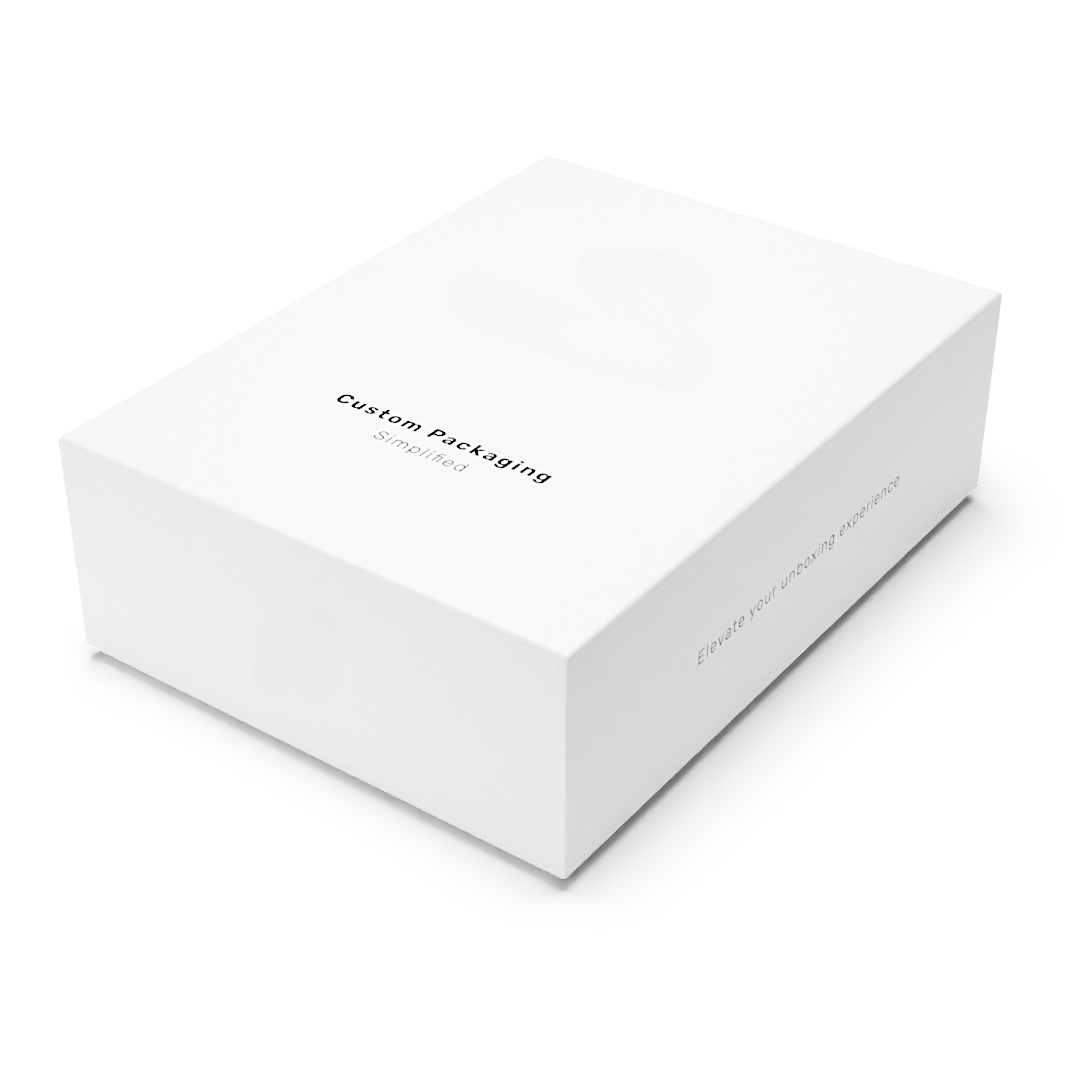
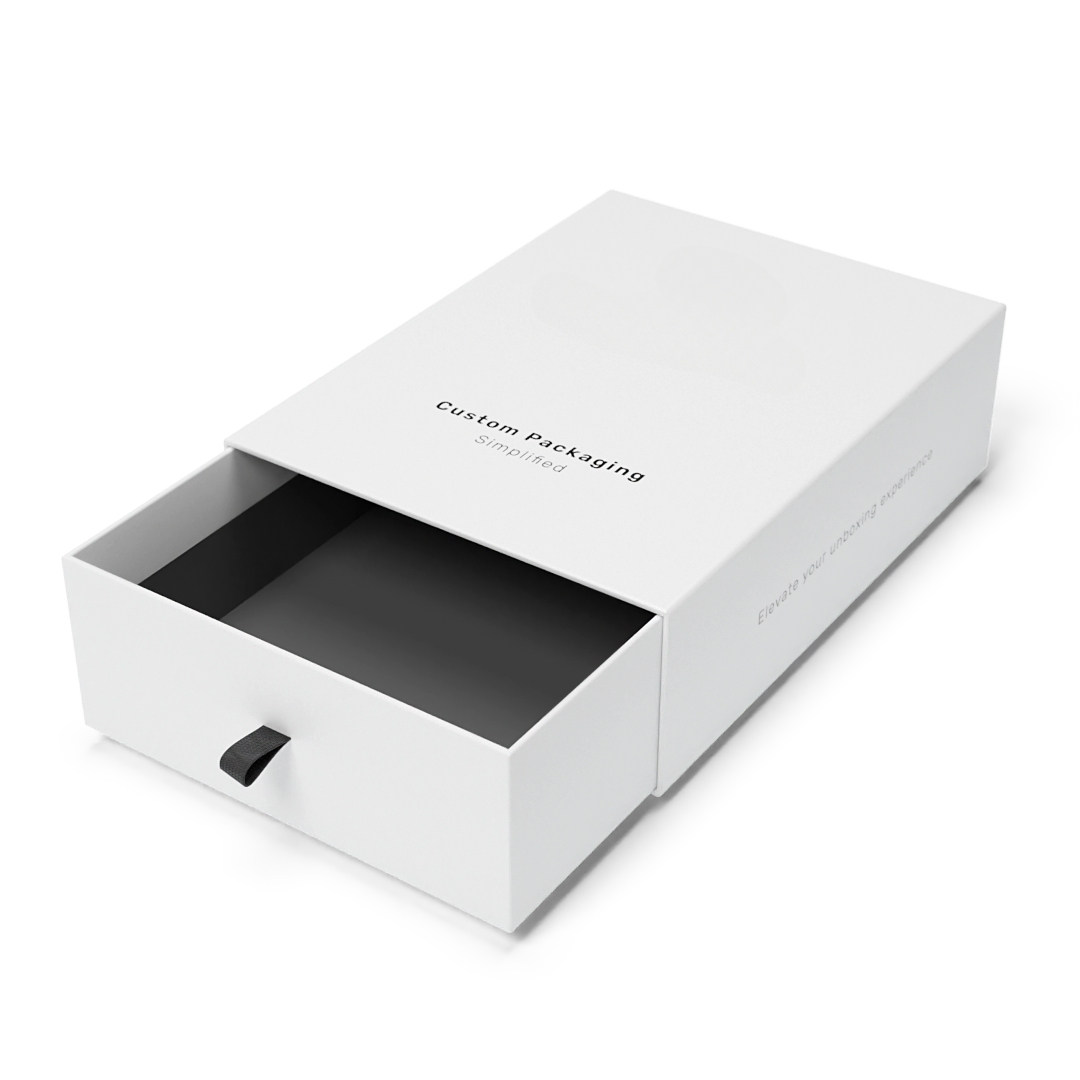
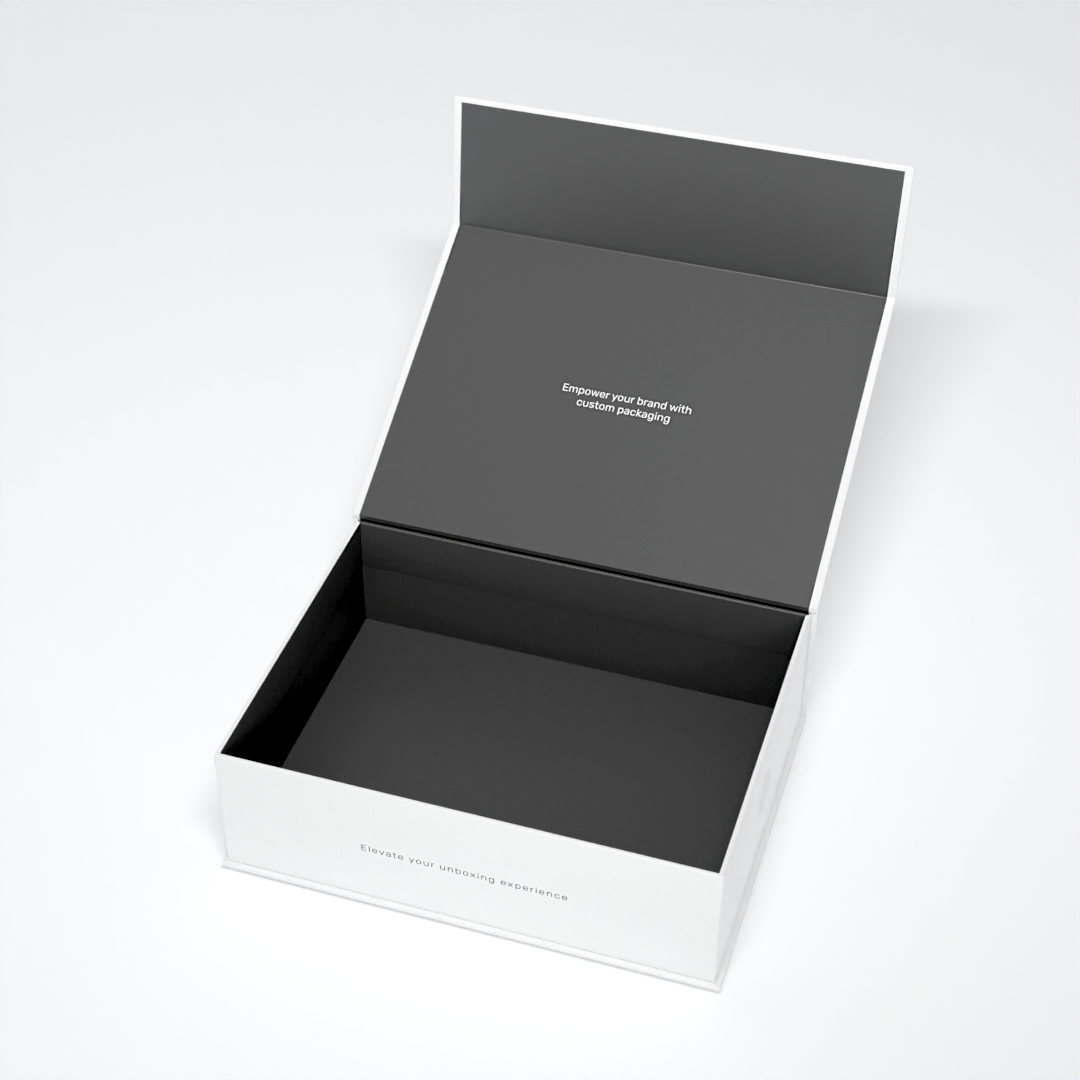



Leave a comment